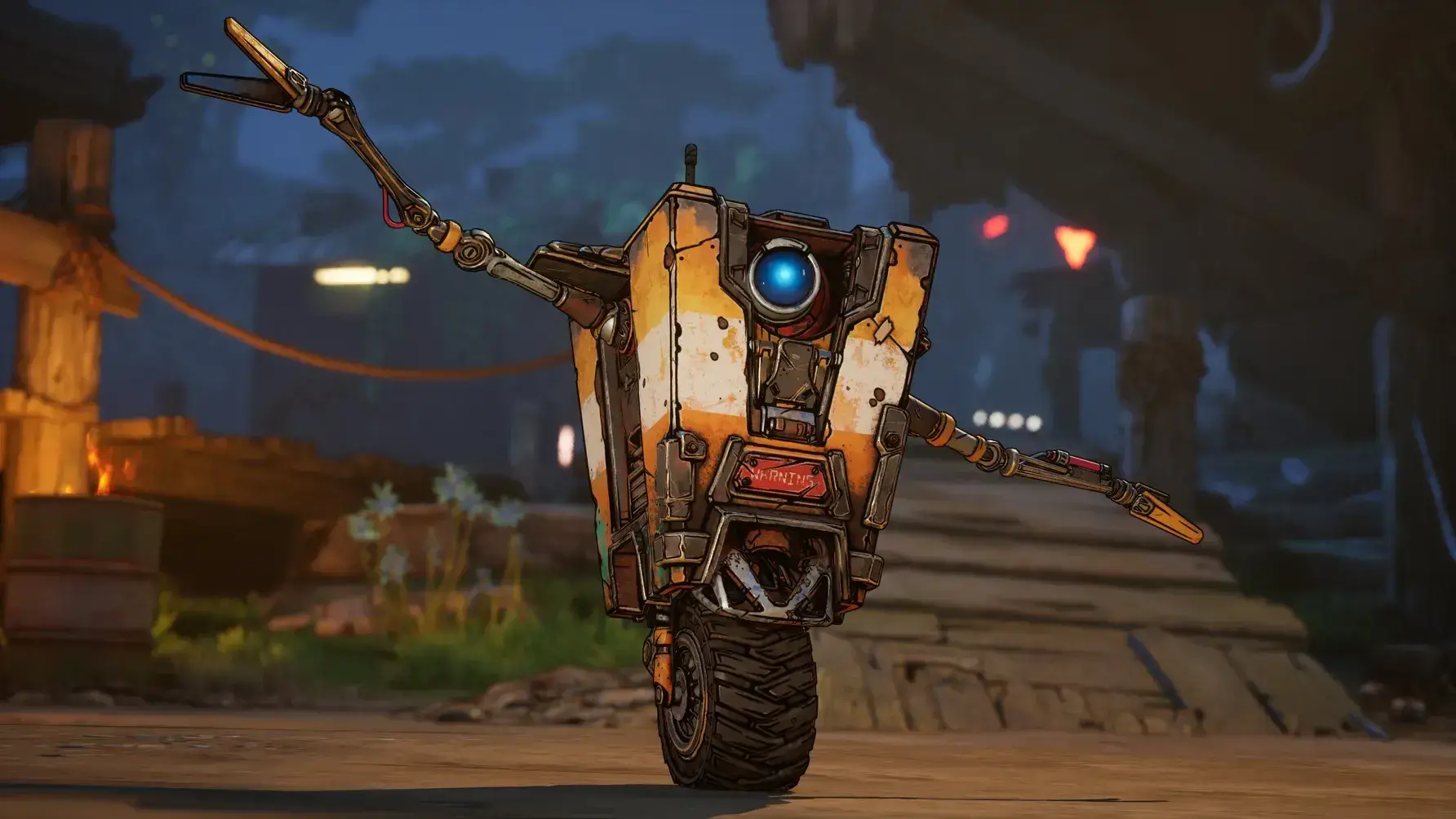
Borderlands 4 review launches Gearbox's looter-shooter into a seamless open world on Unreal Engine 5, trading hub-and-load screens for unbroken exploration.
The island of Kairos, new traversal tools, and four-player co-op push the series forward, but persistent PC performance problems keep the experience uneven.
Why this matters
Borderlands helped reshape shooters after 2008 by marrying randomised loot with RPG progression and a distinct illustrated visual style.
With Borderlands 4, Gearbox faces the dual challenge of evolving that formula while retaining what made the series addictive: fast combat, outrageous weapons, and co-op chemistry.
The stakes are high because many of Borderlands' design choices have been copied across the industry so refinement, not reinvention, is the audience's current demand. Much like how iconic cars in video game history have influenced automotive culture, Borderlands continues to shape gaming trends.
Kairos: a playable, pulp-sci-fi playground
 The most visible change is the setting. The game drops players onto the open island of Kairos, a place of tropical forests, rolling hills, bizarre desert flats and enormous dragon skeletons that punctuate the skyline.
The most visible change is the setting. The game drops players onto the open island of Kairos, a place of tropical forests, rolling hills, bizarre desert flats and enormous dragon skeletons that punctuate the skyline.
Kairos is ruled by a villain known as The Timekeeper, who has microchipped the island's inhabitants to control them — a narrative device that both motivates missions and adds a dystopian edge to the colourful design.
Exploration flows better here: instead of spawning vehicles from stations, players have a personal hoverbike at the press of a button. That small change encourages spontaneous detours and rewards curiosity, which is exactly what an open-world Borderlands needs.
Movement, combat, and co-op synergy
Gearbox has added meaningful mobility options: grappling hooks, double-jumps, and a glide mechanism. Combined, those tools give Vault Hunters platformer-like verticality during firefights.
Boss encounters often require using those tools to reach weak points during brief windows, which makes fights feel tactical rather than simply stat checks.
Where Borderlands traditionally shines is co-op, and that hasn't changed. Four-player sessions where teammates chain crowd control abilities, deploy turrets, summon skeletal allies and zip around with varied movement builds are some of the most satisfying moments.
The result is more than fireworks; it's coordinated chaos that rewards planning and timing, creating experiences that automotive enthusiasts might appreciate when they're not busy following the latest car news.
Technical reality: Unreal Engine 5 and performance headaches
Borderlands 4 runs on Unreal Engine 5, and this is where the experience becomes inconsistent. On PC, players report stuttering frame rates and intermittent hangs that appear regardless of graphic presets. In a title that depends on fluid movement and split-second reactions, these hiccups break immersion and, at worst, change the outcomes of fights.
Gearbox has released performance patches and publicly acknowledged the issues; CEO Randy Pitchford has even engaged directly with frustrated players to provide fixes. Those efforts are important, but the problems remain a significant caveat for anyone evaluating the game at launch.
"Design-wise, Borderlands 4 pushes mobility and co-op synergy to new heights. Technically, it still needs refinement." — Analysis
Technical specifications (key points)
- Engine
- Unreal Engine 5
- Setting
- Kairos — open-world island
- Core mechanics added
- Grapple, double-jump, glide, personal hoverbike
- Multiplayer
- 4-player co-op emphasis
- Known issues
- PC frame-rate stutter and intermittent slowdowns
Expert analysis: where Borderlands 4 succeeds — and where it stumbles
Design-wise, Borderlands 4 is a strong evolutionary step. The open world feels lived-in and visually bold, traversal upgrades meaningfully alter combat, and co-op remains the series' best expression. The game captures the thrill of chaining abilities and watching emergent interactions between player builds.
However, ambitious design collides with inconsistent performance. When the engine hiccups, the combat's rhythm is lost. For a title that trades on precision and momentum, that's a consequential flaw. This attention to performance details mirrors what we look for when covering hypercar news — where precision engineering makes all the difference.
Pros
- Expansive, vibrant open world (Kairos)
- Improved mobility and vertical boss design
- Fantastic four-player co-op synergy
- Signature chaotic loot and weapon variety
Cons
- PC performance instability on Unreal Engine 5
- Technical issues that impact combat flow
- Patch dependency for a polished experience
Who should play it now — and who should wait?
If you're a devoted Borderlands fan or regularly play co-op with friends, the game's core loop and new systems offer hours of entertaining, communal mayhem. The official Borderlands website provides additional resources for newcomers to the series.
If you're a newcomer or you care deeply about technical polish at launch, it's reasonable to wait for additional patches that address the PC stuttering and optimisation gaps.
Conclusion — a bold step that needs polishing
Borderlands 4 is Gearbox at its creative best: imaginative worldbuilding, daring mobility upgrades, and the franchise's hallmarks of chaotic loot. Yet technical consistency lags behind ambition. The result is a thrilling but imperfect sequel that will likely improve with time.
For now, Borderlands 4 is a must-play for fans prepared to tolerate rough edges — and a title to revisit once Gearbox smooths those edges. For more insights into gaming and automotive culture, explore our broader coverage at Modified Rides, where we bridge the gap between virtual and real-world performance machines.
















